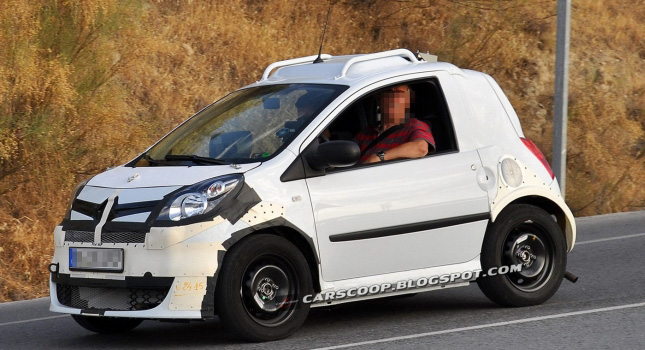Ford is one-step ahead of some of its competitors in terms of very small turbocharged engines, and its 1.0-liter EcoBoost unit is so far proving to be a solid unit. However, they are not holding the information to themselves, and have shared details with representatives from the Daimler group, in exchange for intel on how to achieve the Euro 6 emissions standard.
Autonews Europe spoke with Roland Kemmler, who is the engine development director for Mercedes-Benz. He explained what this was all about: “It’s a very interesting and impressive engine,” he said, adding that they “have had some discussions with Ford engineers about this engine.”
Daimler is going to all this trouble to make sure the small force-fed engine they’re developing for use in the new Smart as well as the Renault Twingo (previewed by the TwinRun concept), two cars are being developed alongside and are expected to share many mechanical bits.
Regarding the actual engine, it will be a “conventional” turbocharged unit, and apparently, the aim is for it to emit around 96 g/km of CO2 in the new Smart ForTwo. However, the collaboration is not a singular effort between these manufacturers, as Ford, Daimler and Renault announced earlier this year that they would jointly develop fuel cell technology with the ultimate goal of making it a viable mass-market possibility by 2017.
By Andrei Nedelea
Note: Smart ForTwo Renault Twingo-based mule pictured
PHOTO GALLERY









